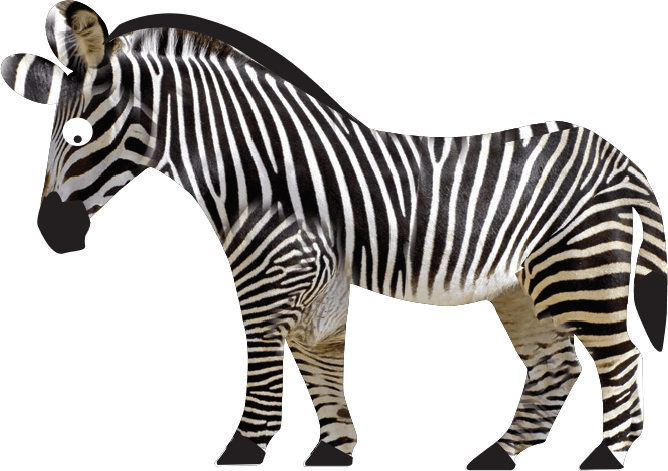Adopt a pygmy hippopotamus
Pygmy hippopotamus
We’ve had pygmy hippos here at Marwell for nearly four decades, and by adopting one, you’ll not only be supporting our work, but you’ll also get some great goodies. Whether you are looking to adopt on your own behalf or as a gift for someone else who loves hippos, you can see our pygmy hippopotamus adoption packages below.
When you adopt a pygmy hippopotamus, you’ll receive…
Our Standard Adoption scheme lasts for 1 year. It includes all this for just £50.00:
- A special adoption certificate, personalised with your name
- One adult day ticket to Marwell Zoo to see our pygmy hippos in person
- Your name on the adopter board at the hippo enclosure
- An animal fact sheet teaching you all about the pygmy hippopotamus
- A photo of one of our pygmy hippos
- A selection of fun stickers
- A brilliant bookmark
Want to help even more? Choose Premium Adoption below!
Looking to adopt a pygmy hippo on behalf of a group or school? We have a great adoption pack available for only £55; please call us on 01962 777988 to learn more. Or, find out more about the amazing educational experiences at Marwell Zoo.
Select Adoption Type
For those enjoying a day out in Hampshire at Marwell Zoo, hippos will be a familiar sight. In fact, we’ve had pygmy hippos at Marwell since 1983! And they even received the royal stamp of approval when the HRH Duchess of Kent opened their house in 1984.
By adopting one of our hippos, you’ll not only be supporting them but also supporting the work we do here at Marwell. Worldwide, we carry out important conservation work, including various breeding programmes which help animals, including pygmy hippos.
When you adopt a hippo with us at Marwell, you’ll be able to give yourself, or a loved one a great and thoughtful gift whilst also knowing that you’ll be supporting important conservation work looking to protect the animals that need it most.
Adopting a pygmy hippopotamus from Marwell Zoo is easy. Simply choose the adoption package you want – standard or premium – and fill in the adoption form below with your details.
All of our adoption packages last for 12 months, and as well as supporting these animals and the work we do here at Marwell Zoo, you’ll also receive a great gift box to enjoy as well. Whether the adoption is for yourself or a gift for a loved one, enjoy a zoo ticket, a special adoption certificate, a photo of one of our pygmy hippos and more, depending on which adoption pack you choose.
Marwell is a registered charity and all of the work we do goes toward the goal of protecting endangered species. Our conservation work takes us all around the globe, working on both regional and global conservation strategies.
Adopting an animal is just one of the ways you can support our charity. Another great way to support us and experience something unique is through one of our animal experiences. From feeding penguins to giraffes, you’ll be able to get up close and personal with some of our most notable residents.
Pygmy hippos might look cute, but did you know that to mark their territory they use poo? They use their tails to spray their poo around – that’s one way to leave an impression!
They are also more solitary, and more land-based than their larger, river-dwelling common hippopotamus relatives.
When you adopt a hippo, you’ll receive an animal fact sheet in your gift package that’ll teach you even more about this unique animal. If you see our keepers out and about, you can also ask them questions when you visit using the ticket you get free with your adoption.
